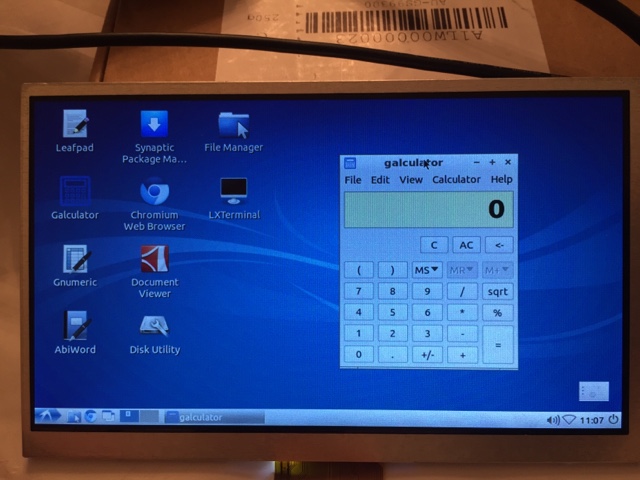I need a broadband antenna for my SDR experiments, something that will cover 2M, 70cm and 23cm all in one would be nice. The
discone seems like a reasonable general purpose omni-directional antenna with something resembling a 10:1 useable frequency range.
A bit of Googling and I came across an
online calculator so I used 140MHz as my
lowest operating frequency (I had read somewhere that design figures can
end up a bit short so start lower than you really want) and I came up
with about 600mm for the cone sides and 428mm diameter for the top hat. I
used copper coated steel TIG welding rods which are strong but also
cheap and solderable. A tube of 28 2.4mm x 1m long rods was about AUD
$19 from the local GasWeld store.
The eight radials forming the cone are soldered to a 15-20mm copper plumbing adapter, the inside of which is just right for sliding a bit of RG213 coax through. The top elements are soldered to a large washer. All a bit rough but this was only meant to be an experiment.
 |
| 0-1400MHz sweep. |
How did it sweep? Well, as you can see from the Rig Expert screen shot it's not as flat as I expected! The lowest usable frequency is about 152MHz where the VSWR is about 3:1 so really I should have designed it for about 130MHz and it may have come out usable on 2M (144-148MHz). 70cm and 23cm are fine. More experimenting required!! By the way I discovered these great heavy-duty
microphone stands at Swamp in Fyshwick here in the ACT they are over 2m tall, very solid and well priced at $35 each. I also use them as speaker stands form a couple of studio monitors I have.
An update
I decided to build another Discone which would start a little lower so as to cover the airband. I also found the construction of the previous one a little fragile because I had soldered the ground radials to the outside of the copper fitting the coax passes through. So below is version two...
 |
|
| Discone version two - 120MHz up. |
|
The top disc is again made up of copper coated steel welding rods, this time soldered to a brass disc. The overall diameter is 500mm. The ground radials are 694mm long and soldered into a gap formed by two copper plumbing fittings fitted together (see the pictures). This makes for a much more rigid assembly but the it could still do with a nice machined part to hold the disc and ground radials together. Now lots of photos which should be easy to follow.
 |
| Copper fittings. ID just right for RG213 |
 |
| Radials poked in gap |
 |
| Soldered using 50/50 thick solder |
 |
| Radials soldered into place. |
 |
| RG213 fed through fitting ready to solder to top disc. |
 |
| Top disc assembly |
The resulting antenna has a frequency response very close to the design, the SWR drops sharply at 120MHz and they stays below 3:1 right up to about 1400MHz. I would have expected it to be a little flatter in places but perhaps their is some Discone matching black-magic I have not discovered yet. On air it seems to perform well.
This is the final frequency response of the new discone when swept from 1MHz to 3GHz. Quite usable on 2M (146MHz) up for transmit.





























